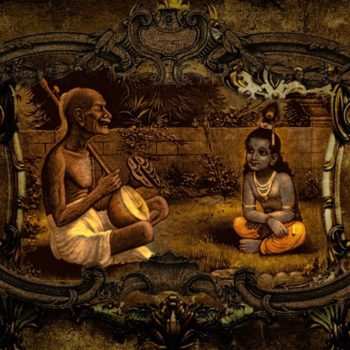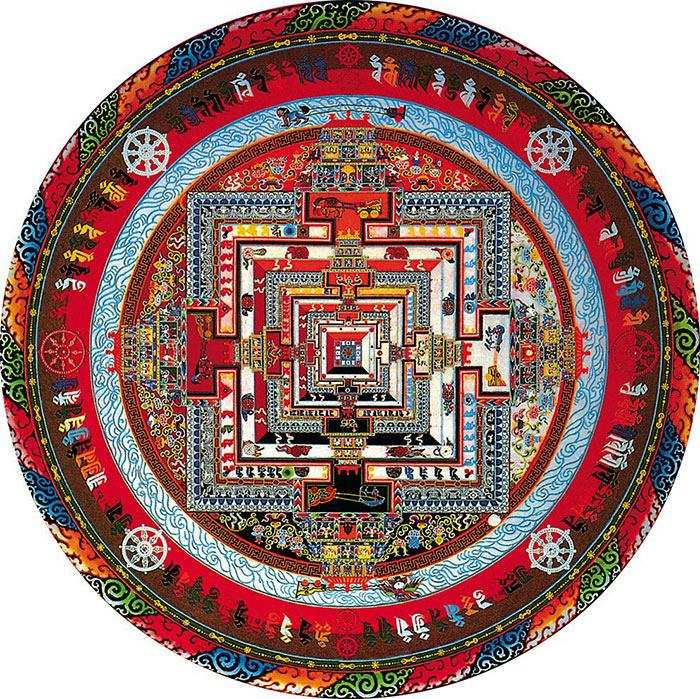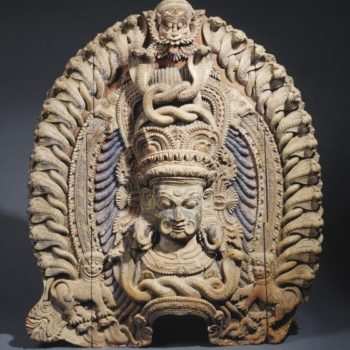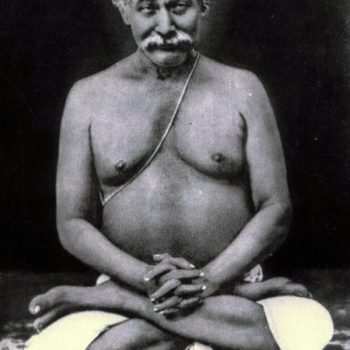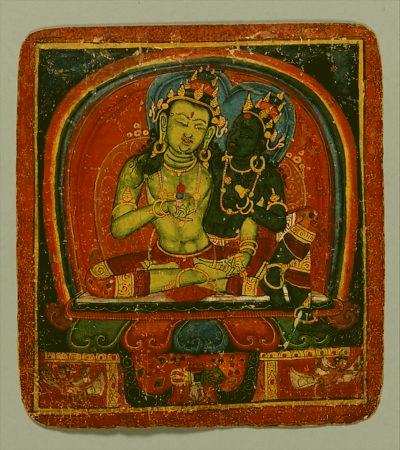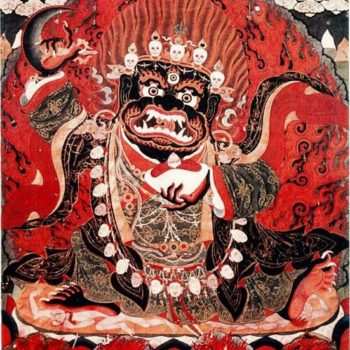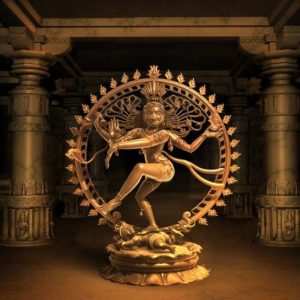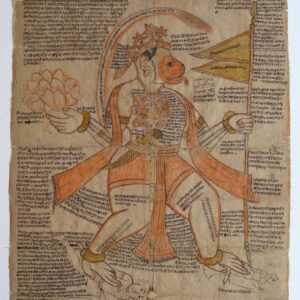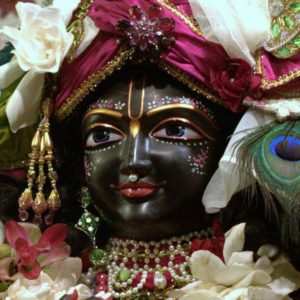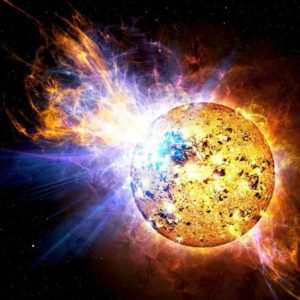The story goes that during 12th century in South India there lived a Brahmin by the name of Bilvamaṅgala Thakura who led an extremely debauched lifestyle and was very attracted to a prostitute named Cintamani. After the death of his father even before the period of mourning could get over, Bilvamaṅgala, his mind under the…
